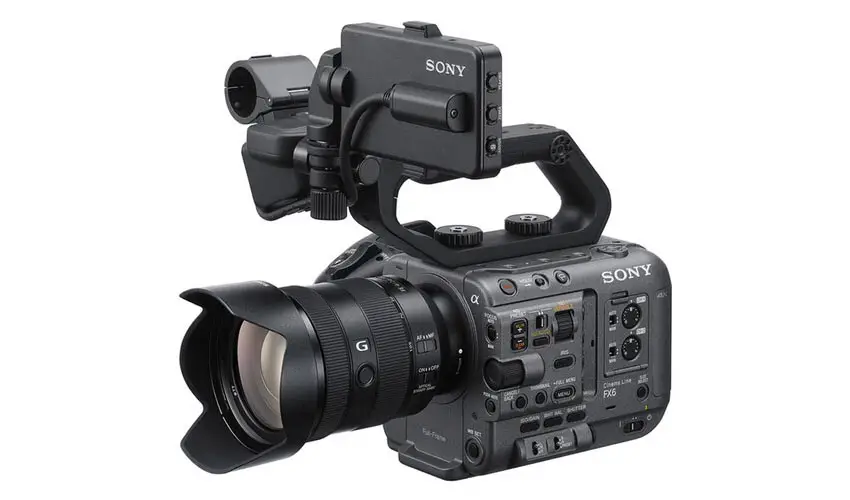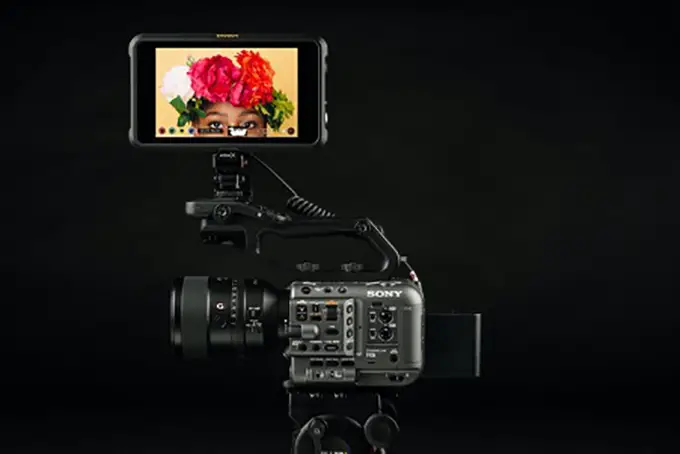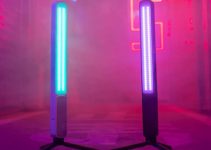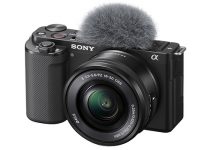Recent years have brought us a new breed of cinema camera – compact with a near-complete feature set. The two most popular of the group are the Sony FX6 and Canon C70. Approaching form factors closer to that of camcorders or even DSLRs, these cameras still come with large sensors and things like ND filters and XLR ports. These two in particular come in at a similar price point with similar features leading to a good debate on which is best.
Filmmaker Matt “WhoisMatt” Johnson has asked this question himself and put together a piece on the differences between the two models. If you are struggling to make a decision this just might help.
Form Factor
This is a very interesting difference between the C70 and FX6. The C70 looks more like a video-upgraded DSLR—the 1D series in particular. The FX6 is very much a tiny cinema camera body with a similar design aesthetic to the FX9.
It seems clear that the C70 is appealing to many existing shooters looking to upgrade from a mirrorless or DSLR with a similar form factor. It also took on the Canon RF mount to shave some more weight off. Most of the traditional cinema camera inputs are there, including ND filters. However, you can feel the crunch with the use of a couple mini-XLR inputs.
Sony’s traditional approach is going to better appeal to users more familiar with cinema cameras already and their conveniences. The monitor can be mounted in a range of places and can equip a viewfinder attachment – unlike the C70 with no EVF. There is even full-size XLR connection, but it is on the removable top handle. Without the handle, there isn’t a 3.5mm input either so just internal mics which isn’t great.
Sensor and Lenses
Another distinct point of comparison is with the sensor and lens libraries. Canon uses a Super 35mm sensor, likely borrowed from the more expensive C300 Mark III. Sony goes bigger with full-frame, though it’s shared with the a7S III, which is a very good sensor.
As for lenses, the C70 has a useful option in a 0.71x Mount Adapter that will get the full-frame look with full-frame EF lenses. Otherwise, the RF lens system is growing consistently, though there are some missing specialized options.
Sony can also work with adapters, but the full-frame sensor means you’ll need some full-frame lenses. The E mount is quite well developed at this point too, so there should be plenty of options to work with.

Image Credit: Sony
Frame Rates
This is fairly close. Canon puts up DCI 4K up to 120 fps in 10-bit 4:2:2 and Full HD at 180 fps. Sony will hit 60 fps with DCI 4K but can do UHD 4K at 120 fps. Full HD on the FX6 is a little better at 240 fps.
Media
To make use of the Sony’s top frame rates you will have to upgrade from SD cards to the new (and expensive) CFexpress Type A. They are dual slots and the standard frame rates will be just fine with SD cards still, just top quality in the fastest frame rates will cost you. Canon sticks with SD cards along and can do everything to them.
As for external recording, the Sony takes the lead by being able to output raw video to select Atomos’ recorders for ProRes RAW. Canon doesn’t have this as an option and if that is super important you might want to think about it.

Image Credit: Atomos
Autofocus
Canon worked some magic with their Dual Pixel AF tech. Unfortunately, it’s not the best we have seen. You will not get the Eye AF like you will on the C70. For Sony, you are getting their best system and it is exactly like the a7S III with Face and Eye Detection. Plus, if you are using the Canon 0.71x adapter you will have a limit on your AF points to the center of the image.
Besides this exact feature, both are still basically on par with one another. The main thing is whether you need full-frame with AF, in which case Sony wins.
Colors and Dynamic Range
These cameras are both good, just different. Canon keeps the famous Canon colors and nails it. There is also Canon Log (multiple flavors) for squeezing out the most dynamic range. Sony has their own S-Log3 along with a prettier S-Cinetone. It’s a draw here.
ND Filters
If you are buying a cinema camera having built-in ND filters is a major benefit. Canon has a conventional ND filter system with a couple options that slide up and down when you make changes. Sony has a unique electronically controlled system that allows for constant, seamless changes to exposure. This is objectively better as you can use it in real time.
It’s still basically a tie between the C70 and FX6, just comes down to preference. The biggest things I would say are form factor and size. I love the design of the C70, however I don’t think I can give up the full-frame look and would stick with the FX6 myself.
Which would you or did you pick?
[source: Matt WhoisMatt Johnson]
Order Links:
Disclaimer: As an Amazon Associate partner and participant in B&H and Adorama Affiliate programmes, we earn a small comission from each purchase made through the affiliate links listed above at no additional cost to you.
Claim your copy of DAVINCI RESOLVE - SIMPLIFIED COURSE with 50% off! Get Instant Access!




